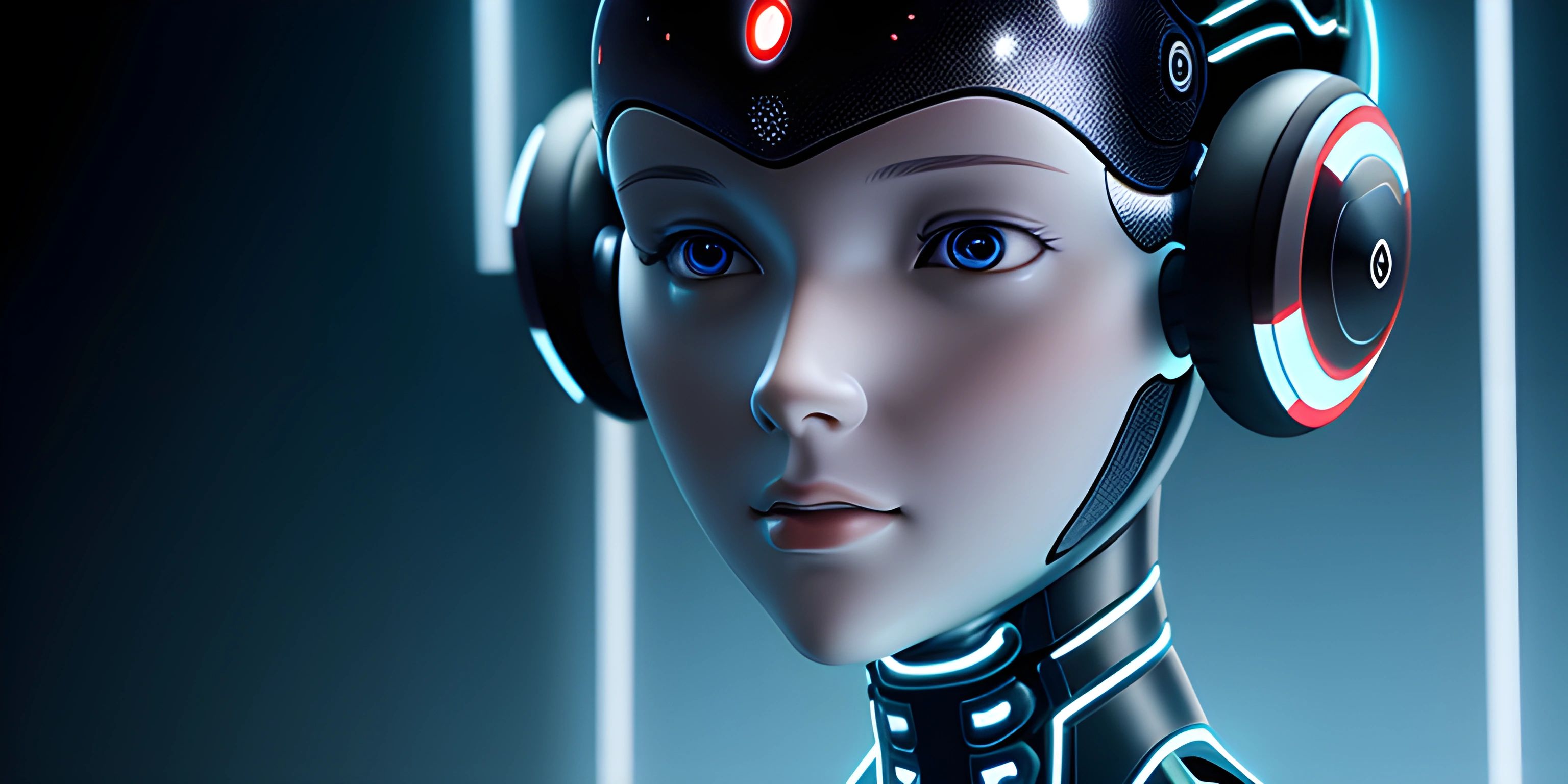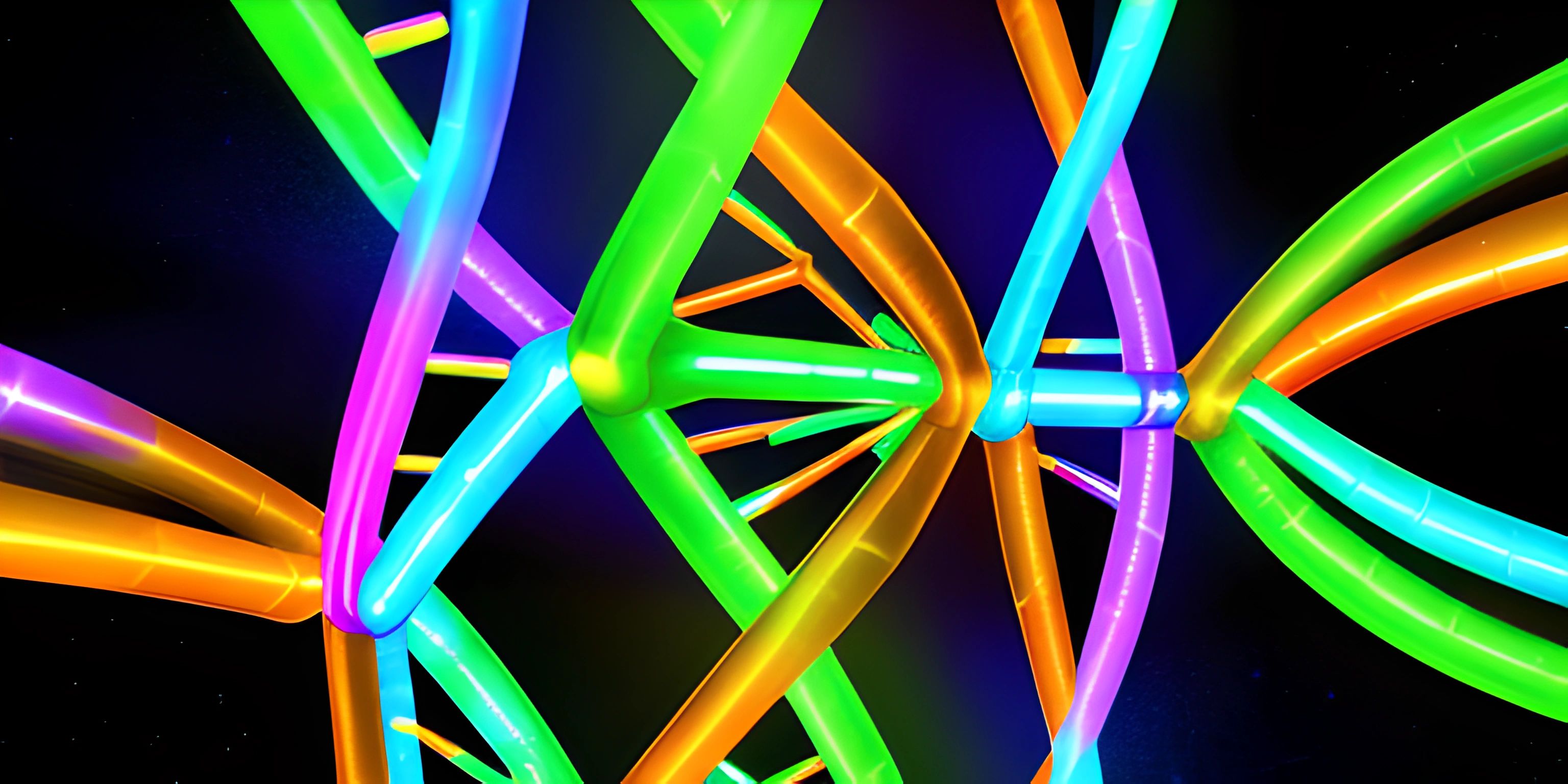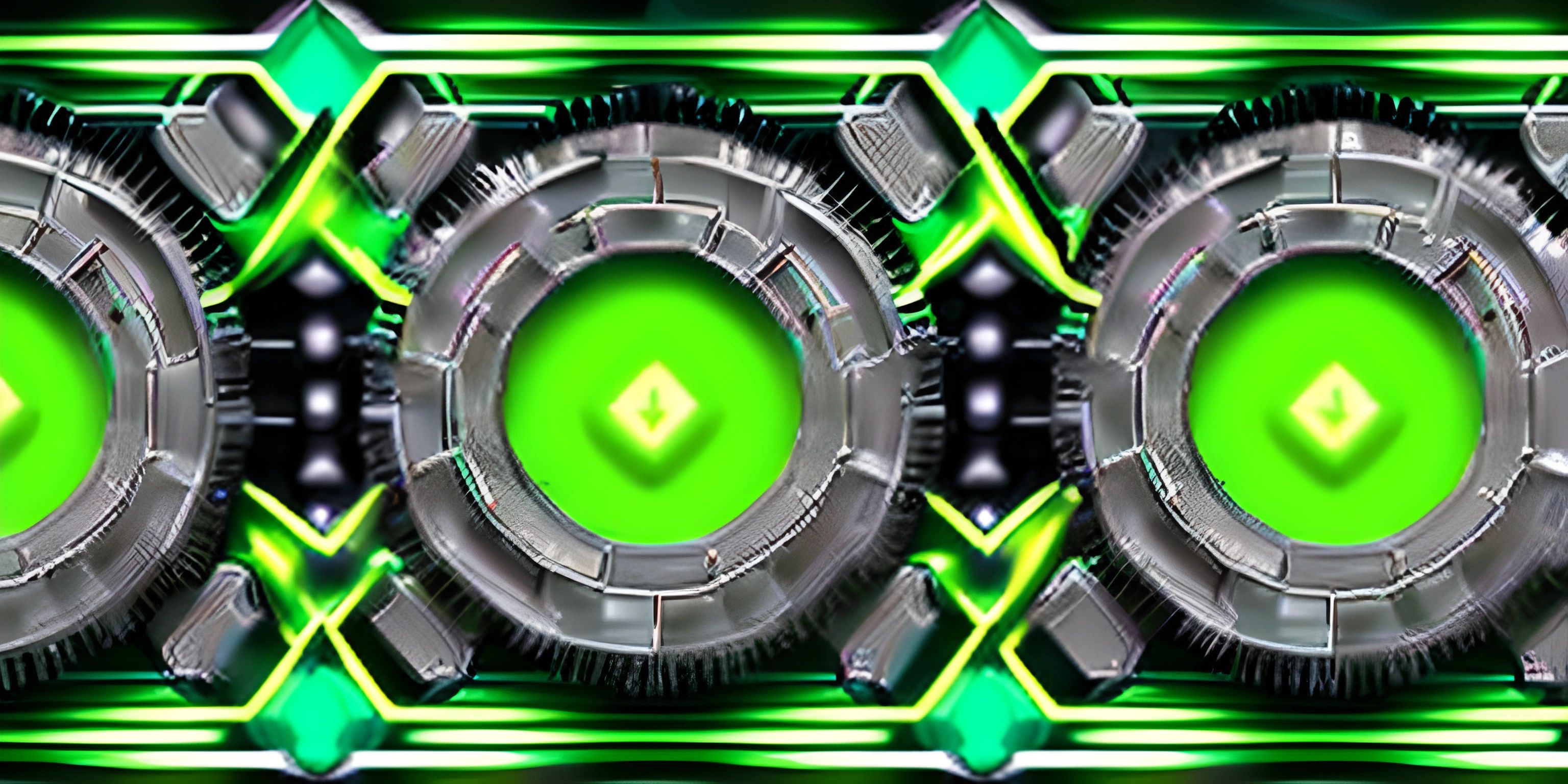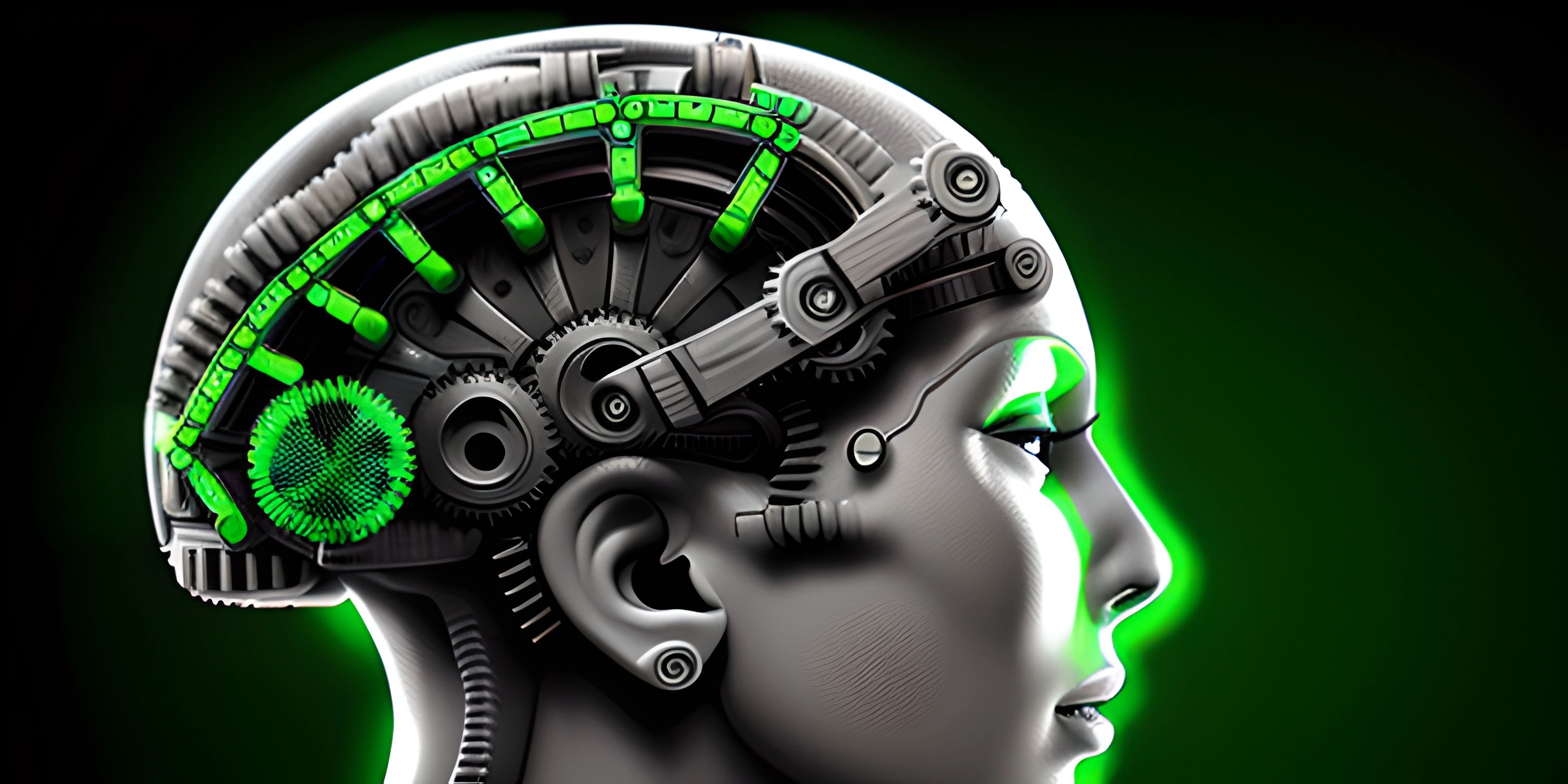Reinforcement Learning: An Introduction
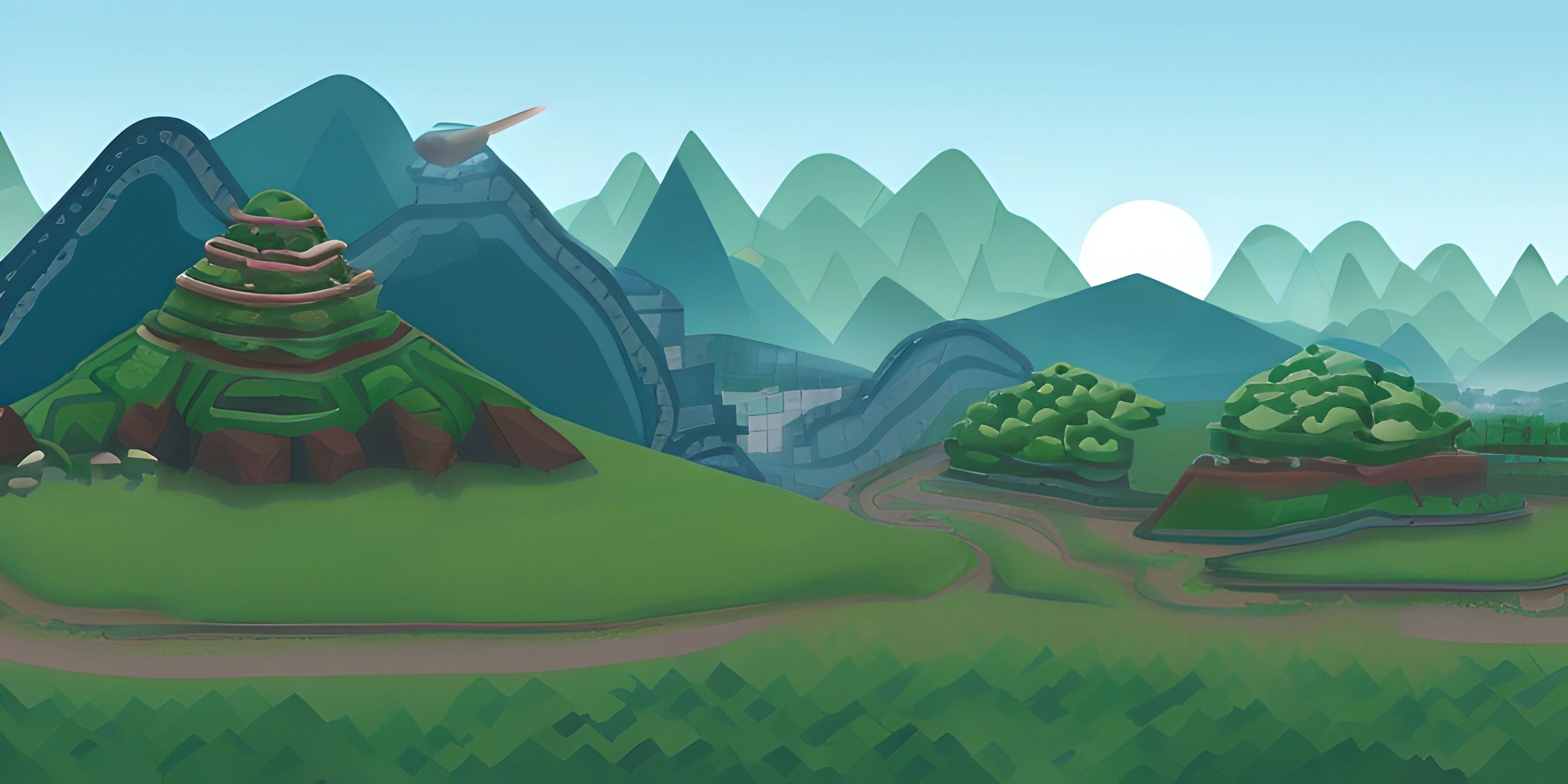
Note: this page has been created with the use of AI. Please take caution, and note that the content of this page does not necessarily reflect the opinion of Cratecode.
Reinforcement learning is the wild west of artificial intelligence, where an AI learns to make decisions by interacting with its environment. It's like a baby learning to walk: it stumbles, falls, and eventually takes its first steps towards the cookie jar. Let's dive into the fascinating world of reinforcement learning and see how it's shaping the future of AI.
What is Reinforcement Learning?
Reinforcement learning (RL) is a type of machine learning where an AI agent learns to make decisions by interacting with its environment. The agent receives feedback in the form of rewards or penalties, encouraging it to make better choices. In a nutshell, RL is all about learning from trial and error.
The Key Components
There are four main components in reinforcement learning:
- Agent: The AI learner that makes decisions and interacts with the environment.
- Environment: The world in which the agent operates and learns from.
- Actions: The set of possible moves the agent can take in the environment.
- Rewards: The feedback received by the agent after taking an action, either positive (reward) or negative (penalty).
These components interact in a loop known as the RL loop. At each time step, the agent takes an action, the environment transitions to a new state, and the agent receives a reward.
The Objective: Optimal Decision Making
The goal of reinforcement learning is to find an optimal policy, which is a strategy that tells the agent how to act in any given situation to maximize its cumulative rewards over time. In other words, it's about making the best decisions to achieve long-term success.
Applications of Reinforcement Learning
Reinforcement learning has a wide range of applications across various domains. Here are some exciting examples:
- Robotics: RL is used to train robots to perform tasks like walking, flying, and grasping objects, allowing them to adapt to different environments and situations.
- Game Playing: From board games like Go and chess to video games like Dota 2 and StarCraft II, RL agents have achieved superhuman performance, defeating world champions and professional players.
- Autonomous Vehicles: Reinforcement learning is used to teach self-driving cars, drones, and autonomous robots to navigate complex environments safely and efficiently.
- Finance: RL algorithms can optimize trading strategies, portfolio management, and risk management in financial markets.
- Healthcare: Reinforcement learning can help personalize medical treatments, optimize drug dosages, and improve surgical procedures.
The potential applications of reinforcement learning are vast, and we're only scratching the surface of what's possible. As we continue to explore this exciting frontier, we'll undoubtedly encounter new challenges and opportunities that shape the future of AI.
Now that you've got a taste of reinforcement learning, you might want to dive deeper into its algorithms and techniques. So, saddle up and join the ride into the world of AI-powered decision making!
Hey there! Want to learn more? Cratecode is an online learning platform that lets you forge your own path. Click here to check out a lesson: Why Program? (psst, it's free!).

